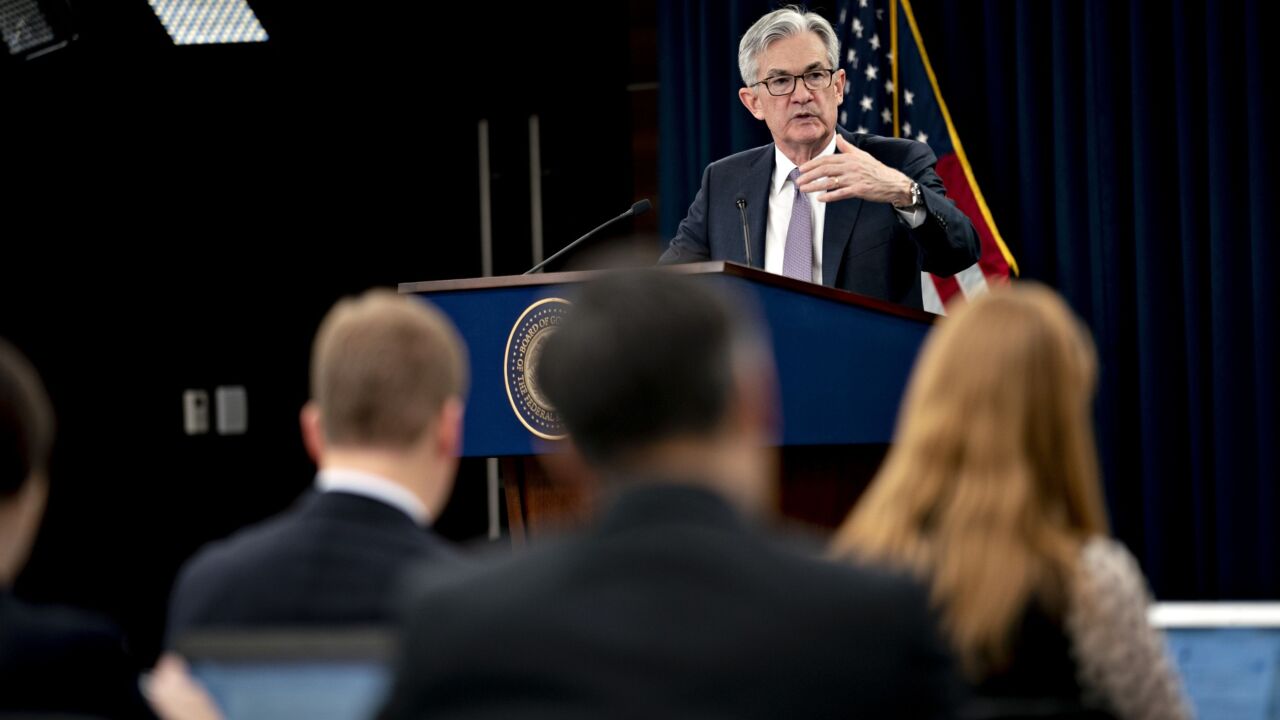Banks with exposure to oil and gas firms are bracing for issues with their clients' credit quality.
Though energy lenders set aside millions of dollars in the first quarter to cover looming losses, many provided assurances that they were
But conditions have worsened as fallout from the coronavirus pandemic has intensified. Oil prices briefly went into negative territory in April, and natural gas prices hit a 25-year low in June. The Texas Department of Banking
Eighteen exploration-and-production companies filed for bankruptcy protection in the second quarter, marking the busiest quarter for such filings since 2016, according to the law firm Haynes and Boone. And collateral values have been declining.

Bankers will be pressed about the adequacy of reserves during second-quarter calls, industry observers said. They should expect more questions to focus on mitigation efforts and a deeper dive into geography and energy subsectors, as well as banks' plans to reduce the size of energy portfolios over the rest of this year.
Exposure “will undoubtedly result in negative credit migration and ultimately drive further reserve builds and net charge-offs nearer-term,” the research team at Raymond James warned in a recent note to clients.
Bankers are also steeling themselves for more targeted questions.
“We know there's stress ... and there’s going to continue to be stress” in the energy portfolio, Barbara Godin, chief credit officer at the $134 billion-asset Regions Financial in Birmingham, Ala., said during a conference in June. The downturn “is going to shake some players out, so all eyes are on that portfolio.”
“Lower for longer remains” is the mantra for energy prices, so producers must gird for a long and difficult recovery, researchers for Haynes and Boone said in a recent report. “It is reasonable to expect that a substantial number of producers will continue to seek protection from creditors in bankruptcy even if oil prices recover over the next few months.”
Some banks have taken a proactive approach by reducing their exposure.
Huntington Bancshares in Columbus, Ohio, said in June that it had sold about $100 million of oil-and-gas loans as part of a plan to reduce the size of energy portfolio.
Richard Pohle, chief credit officer at the $114 billion-asset Huntington, said the company expects net charge-offs to remain elevated despite the sales.
While oil prices have rebounded from negative territory to reach about $40 a barrel, they are still well below the $60 mark from January. Moreover, current levels are “not a sufficient clearing price for many heavily leveraged” producers to boost earnings and pay their loans, the Haynes and Boone team said.
A resurgence in coronavirus cases in the U.S. and abroad suggests that “any near-term sustained demand growth is unlikely,” the researchers added. Pricing will likely remain under pressure “until full economic activity returns" and consumers become confident
"that the worst of the pandemic is behind us.”
Similar issues are keeping natural gas prices at depressed levels.
The Biden administration once again extended the pause on student loan payments enacted to help borrowers during the COVID-19 pandemic, this time through the end of August.
The two states' combined plans amount to over $1.5 billion of the Homeowner Assistance Fund included within the American Rescue Plan Act , which was passed a year ago.
An uptick in pandemic-related payment suspensions reflecting new or restarted plan activity previously occurred as the omicron variant spread, but activity has since subsided.
“Prices are not where they need to be to really fix the industry and get them to the point where they're willing to drill and really build value,” Melinda Chausse, chief credit officer at the $76 billion-asset Comerica in Dallas, said during a recent conference. “We expect to continue to see challenges" in the energy portfolio " … and quite frankly, we expect that we'll continue to have some losses.”
Over the long haul, analysts say, energy companies will reset production to levels that match demand, enabling a return to profitability. But in the near term to middle term nobody knows the duration of the pandemic or its ultimate impact on transportation patterns and energy needs.
The slight economic rebound in June provided "no grounds for celebration,” said Ernie Goss, an economist at Creighton University in Omaha, Neb., who surveys bankers monthly across nine states with economies that heavily rely on energy and agriculture.
It would take several more months of uninterrupted growth for conditions to approach pre-pandemic levels, Goss added.
Take Oklahoma for example.
While the state’s economy expanded modestly in June, the job market remained mired in a negative territory, hampered by energy sector losses. Since the onset of the virus in the U.S., the state has lost more than 100,000 jobs, Goss said.
“Our surveys point to a flattening of employment with only slight job gains in the months ahead,” he said.







